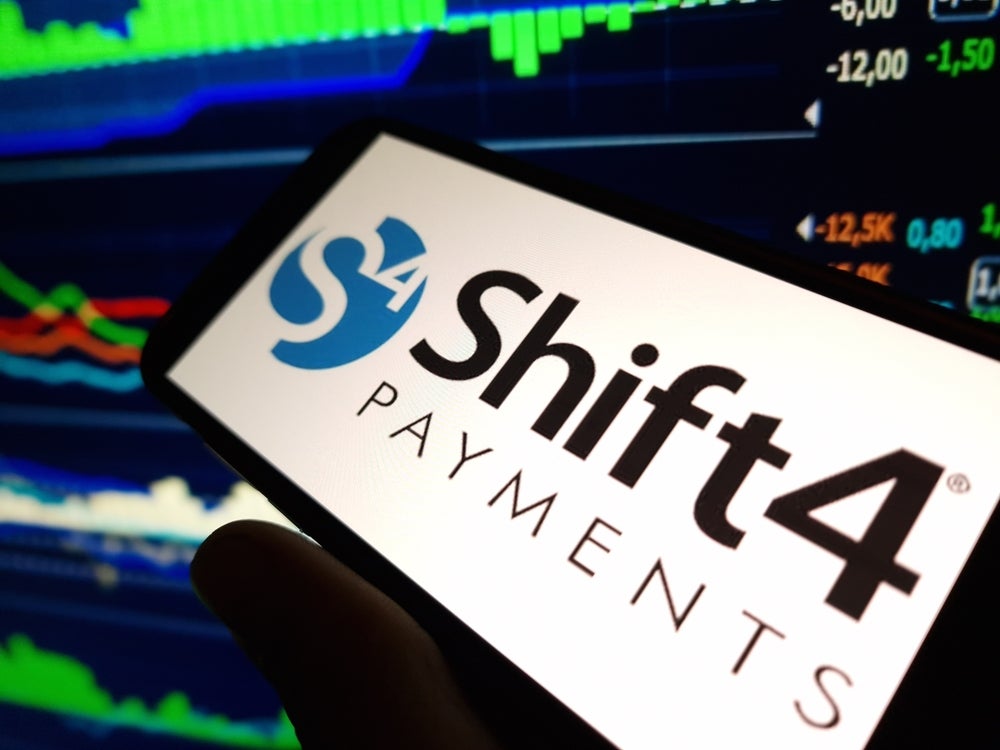As consumers increasingly turn to
debit cards, financial institutions cannot simply cut-and-paste
credit card rewards programmes and apply them to debit cards. As
such, some banks are now exploring the merchant-funded rewards
proposition and expanding their profitability potential, as
Charles Davis
reports.
With more than a quarter of a century of
proven results, credit card rewards have driven the growth of the
cards industry. Now, with debit transaction volume in the United
States surpassing credit card volume, financial institutions are
turning to debit rewards as well.
The challenge for issuers has been replicating
the rewards scheme in a way that makes sense financially, as debit
cards do not produce the same income levels as credit cards.
An Austin, Texas-based rewards provider, Image
Products, has developed a compelling business model for debit
rewards by teaming with banks and local and national merchants to
construct rewards networks that build incremental revenue from
cardholders through interchange and add-on services like bill
payment. The ‘My Rewards’ system adds even more value by analysing
consumers’ debit card spending habits and offering customised
promotions to the customers most likely to respond.
Banks clearly are interested in debit rewards
products. The 2008 PULSE Network debit issuer survey, released this
month, said 51 percent of banks had debit rewards programmes, up
from 37 percent two years earlier. Another 23 percent were
considering adding such a programme. With the shift toward debit
cards and away from credit, financial institutions see a real
opportunity to capitalise on debit relationships, which are, in
essence, an extension of the current/chequeing account product.
How well do you really know your competitors?
Access the most comprehensive Company Profiles on the market, powered by GlobalData. Save hours of research. Gain competitive edge.

Thank you!
Your download email will arrive shortly
Not ready to buy yet? Download a free sample
We are confident about the unique quality of our Company Profiles. However, we want you to make the most beneficial decision for your business, so we offer a free sample that you can download by submitting the below form
By GlobalDataThe challenge of debit reward
profitability
Debit card rewards currently are
marginally profitable, at best, at most US financial institutions.
About 27 percent of debit cardholders in a First Data survey from
December last year participated in rewards programmes, and a large
share – up to 40 percent – said they have grown unhappy with offers
that lack quality, variety or usefulness.
Industry data suggests that fewer than 20
percent of US debit reward schemes are profitable – which makes My
Rewards a stand-out product, as it drives profitability in every
deployment. My Rewards has generated about $62 in additional profit
for each enrolled current account at participating banks, and the
company believes that is just scratching the surface of its
potential, because the more data it compiles on spending habits,
the more effective its promotions can be at a local level.
Because merchants fund rewards, there is
little to no cost per account to the financial institution.
Merchants, ever more aggressive in their efforts to bypass
traditional credit card interchange models, benefit from partnering
with data-rich banks to drive debit cardholders to their
stores.
US financial institutions are expected to be
spending $18.4 billion a year on rewards programmes by 2010, up
from $10.3 billion in 2006, according to recent research from
payment consultancy Aite Group. Programme management costs are
expected to rise from $600 million in 2006 to $1.15 billion in
2010.
Different objectives for
debit
Debit reward programmes demand a
different business model than credit card programmes because the
goals are adoption and increased usage rather than loyalty. These
programmes succeed by mining and segmenting customer data to match
consumers with specialised merchant offerings. Customers then are
driven to participating merchants by the promise of larger rewards
for repeat business.
The benefits to the debit card issuer are
multitude: increased adoption, higher usage rates and most
importantly, greater profitability on each and every debit
purchase. On average, a financial institution can expect about 70
basis points of earnings on a typical debit card purchase,
according to My Rewards. With a merchant-funded rewards programme,
those earnings get an additional boost from a cut of the rewards
value – in some cases, as much as one-third of the rewards value
for directing consumers to the merchant’s store.
Evolution of merchant-funded
rewards
My Rewards faces a growing number of
competitors, including Cardlytics, an Atlanta start-up that is
planning pilot programmes with three banks featuring targeted
merchant offers sent to customers during online banking sessions,
and Jack Henry & Associates’s Big Rewards programme, developed
by Saylent Technologies, which allows banks to micro-target pockets
of customers with incentives based on their transaction
histories.
“First generation merchant-funded rewards
programmes don’t meet the needs of banks or merchants,” said Scott
Grimes, CEO of Cardlytics. “They are largely untargeted
internet-based marketing offers that requires customers to leave
the banking site and make a purchase online. Offers are not
relevant and have relatively little value, customer response is low
and merchants see little incremental sales. Ultimately, they add
cost to the card relationship without moving the needle on
loyalty.”
With Americans spending $1.4 trillion on debit
cards last year, and with that number expected to grow at
double-digit rates for the foreseeable future as US consumers slow
down on the credit card side, financial institutions have a great
deal at stake in debit rewards programmes. As interchange income
continues to decline and as the opportunities for acquiring new
credit accounts dwindle, these merchant-based income strategies
will become even more attractive.
|
Loyalty programmes |
||||
|
Effects of promoting non-cash |
||||
|
Payment type |
Bank interchange revenue on |
Reward expense: gift |
Reward expense: cash |
Gross bank revenue |
|
Signature + PIN debit transaction mix* |
$116.81 |
-$45 |
$81.81 |
|
|
-$50 |
$76.81 |
|||
|
Credit card |
$200.00 |
-$90 |
$110.00 |
|
|
-$100 |
$100.00 |
|||
|
* debit signature interchange rate = ($100 x |
||||







